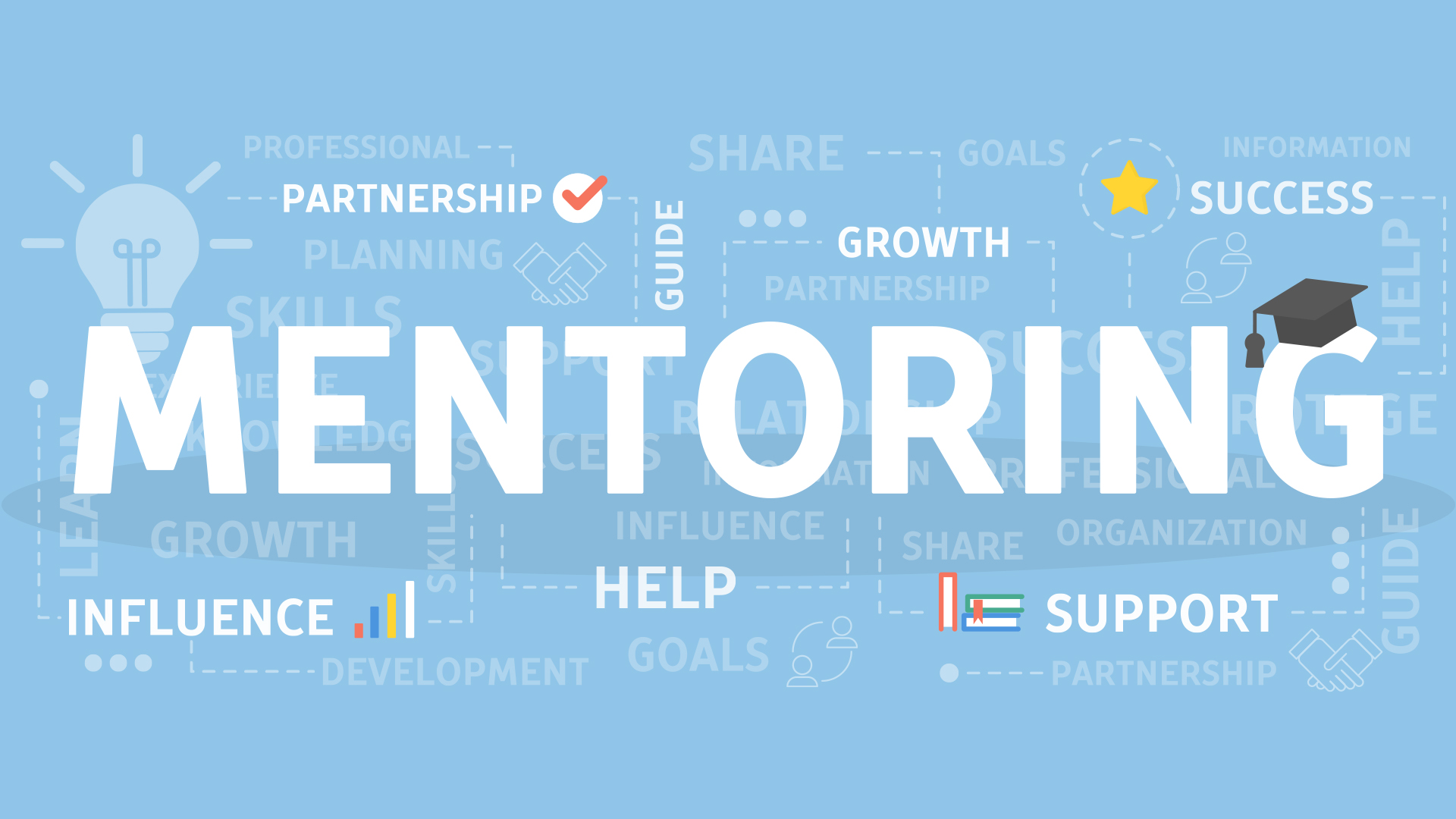
Each summer, mentors and interns join forces at Adobe Research. Mentors offer guidance as interns experience life in an industry research lab and dive deep into their projects. And each summer there are a few mentors who feel a bit nostalgic—because they were once Adobe Research interns themselves.
The journey from intern to mentor
One of the things that makes the Adobe Research internship program unique is the freedom that interns have to follow their research interests. And it’s something the interns-turned-mentors want to provide to the next generation, too.
“When I was an intern, I had a lot of free rein to choose the project I wanted to do and shape it the way I wanted,” says Research Scientist Joy Kim. “I learned that being left to my own devices helped me grow. So as a mentor, I want my interns to feel ownership of their projects, too.”
After her internship and completing her PhD, Kim was deciding between engineering, UX, and research, and she found herself drawn back to Adobe. She loved creativity research and, as she explains, “I like the mix of building things, exploring new ideas, and prototyping, and that flexibility isn’t something you might always get in product-focused software engineering.”
Research Scientist Stefano Petrangeli also thrived with the flexibility and support he found during his internship. In 2016, he interned with Adobe Research in San Jose while working on his PhD at Ghent University in Belgium. “As an intern, you are integrated into the team fully. You have a lot of flexibility and the problems are hard, which is great,” says Petrangeli. He planned to intern for three months but extended to seven, and then brought his work back to his university research group, where it’s still an active research track today.
Coming back to Adobe Research was “the most perfect job I can think of, given my studies,” says Petrangeli. His current research is a natural evolution of his internship project in immersive media, and now he guides his own interns in the field.
Research Scientist Christine Dierk also used her internship to complement her graduate research. When she completed her PhD in 2020, she joined Adobe Research, and had her very first interns this past summer. “My intern research was in the same sub-field as my PhD projects,” she explains, “but we didn’t come to a conclusion at the end, so I was happy to come back. The interns I had this summer were on the same overarching project, so I’m seeing it come full circle.”
In addition to continuing her project, Dierk joined Adobe Research because it offered just the right combination of research and mentoring. “Intern mentoring is a nice balance. And intern season is amazing. Interns bring such a high level of enthusiasm, and a sense of urgency. Everyone’s doing a lot of work because you want them to accomplish as much as they can before their internships are over.”
The view from the other side
When you are a former research intern, becoming a mentor brings a lot of joys, surprises—and work. “As an intern, I didn’t realize the amount of preparation and thought that goes into an internship,” says Petrangeli. “Everybody at Adobe Research wants interns to have a fantastic experience. We’re thinking, ‘What kind of project are we going to do? How are we going to structure this project so we can make progress in three months?’”
“It’s definitely hard being on the other side,” adds Kim. “I remember, especially my first time or two mentoring, the thing I struggled with most was trying to give my interns the freedom to own their projects—versus being like a helicopter parent. Since then, I’ve learned to give lots of guidance, but also intentionally provide opportunities for them to propose and act on their own ideas.”
And while the research goals and flexibility are key, mentors are just as focused on giving interns the same kinds of real-world experiences that helped them get ready for life beyond grad school.
Petrangeli says, “I want my interns to get exposure to what it means to work in a lab and get those soft skills that they can apply wherever they want to go after their internship.”
For some interns, like Kim, Petrangeli, and Dierk, the next step after an internship is joining Adobe Research to pursue their research full time in an industry lab.
Finding the next generation of Adobe Research interns
So what does a person who’s been an intern look for in their own interns? For Petrangeli, it’s people who aren’t afraid to get out of their comfort zones and try something new—because, he explains, that’s real life in a research lab.
Kim starts the intern search with a project in mind, and then finds interns with the right skills. “I build the structure first, so we’re all on the same page. From there, I want to find interns I can help with technical and research skills and professional development. And I want someone who communicates well and can push back on ideas—because I’m going to be wrong sometimes.”
Dierk found her first intern—with the skills and attitude she was hoping for—while she was reviewing applications for the Adobe Research Women-in-Technology Scholarship. “I’m looking for candidates who are enthusiastic and independent, and whose experiences bring skills different from mine,” she says.
As these mentors see it, the work that goes into finding, welcoming, and supporting interns is more than worth it.
“You look at a problem in a particular way and then you give it to an intern, and they are going to look at it in a very different way,” explains Petrangeli. “It’s always enlightening and surprising how somebody with a fresh perspective can look at a problem you looked at for months, and can find a very different way to do it. It’s great, and also humbling.”


